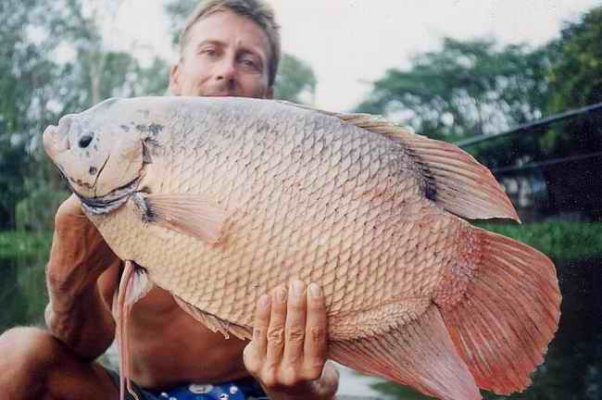Corey said:
Surprised nobody's mentioned it yet - PUFFERS!
See page one of the thread:
coldmachineUK said:
Back on topic: colombian sharks, and GSPs are good examples of brackish fish which need larger-end tanks.
Yes, GSPs are often taken in without the proper reading having been done first. This puffer definitely requires high-end brackish to low end marine conditions in its adult life, which not many people realise.
It's debatable as to whether F8s actually need brackish water. Fishbase.org specifically states "not a brackish water species", and Neale Monks - in his expert Brackish FAQ - also classifies them as a freshwater species. It's my belief that since 'brackish' as such is a difficult water environment to fully define (the meeting point between river and sea, but it hardly gives us a precise S.G. or ppt salinity, so we have to estimate based on a 'likely range'), it boils down to the fact that F8s will 'do slightly better' in low end brackish. I.e. the addition of a small amount of marine (not aquarium) salt is beneficial, but does not reflect their natural environment.
Certainly most people don't realise what they're getting in to when they buy a puffer fish. 50G, however, as a tank size, is an overestimate for F8 and GSPs. F8s will do fine in anything from a 15G+, and GSPs will do fine in anything from a 30G+
People's experience with housing tankmates with these fish is also varied, making it something hard to predict! For example, some have been able to house bumblebee gobies (BBGs) with F8s without any problems, some have housed black mollies with GSPs, and some have even managed to keep hermit crabs with GSPs over a fairly long period of time (a year or so) without trouble. Some people even manage to house F8s together provided tank size is adequate. However, puffers are known to be unpredictable and they can turn on tankmates without warning at all.
These fish don't need warning signs, they just need a little research first. I don't see why LFSs should be wholly responsible for this: the conversation seems to be going along the lines of "need a license, ban this ban that, LFSs are so unscrupulous". Really, whenever you buy
ANY pet you should be reading up about it first, fish are no different. It's down to the consumer: if you buy without researching, well that's your mistake!

